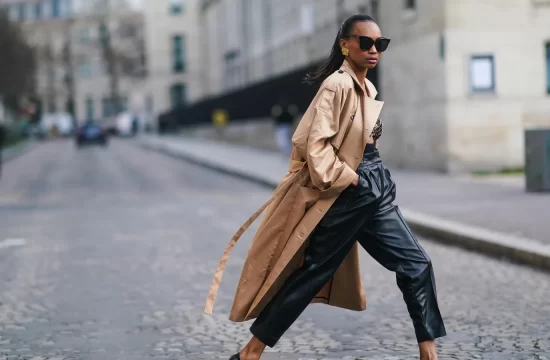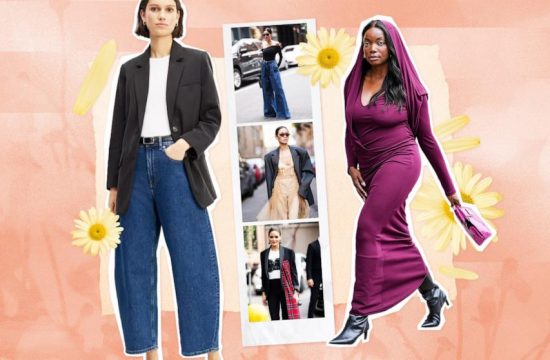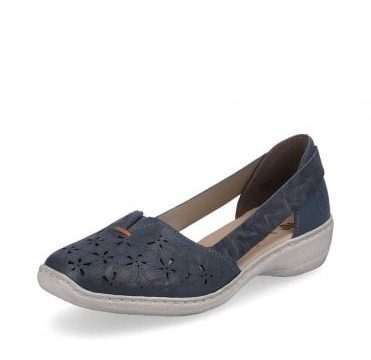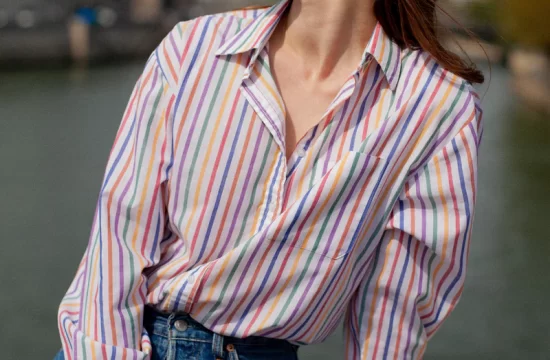Being in a plus size body, it is incredibly difficult to find clothing that fits, is remotely on trend, and is age-appropriate. This is even more true for anyone above a size 24. In-store access to plus size clothing above a size 24 almost seems like a mythical creature that you’re lucky to discover almost by accident.
Why Online-Only Options Don’t Work

What straight sized folks may not realize is that online-only availability provides its own challenges. Sizing has to be incredibly consistent in order for customers to trust online ordering. They have to be able to build loyalty to the brand first, unless they’re comfortable potentially returning everything they purchased.
There is no standardized sizing for women’s clothing across brands or even across items within a brand, which makes online ordering a gamble every time.

Not only that, but plus size people must pre-plan their entire life. No last minute interviews, dinners, events, even funerals. When traveling, it can be a nightmare if an airline loses your baggage because finding plus size clothing in-store at your destination is not a guarantee.
In an online-only availability world, you must have the luxury of waiting 1-3 weeks to receive your order. And once again, cross your fingers that they will fit once they arrive!
Brands That Have “Tried” To Expand
When plus sizes are available in store, it’s common that the marketing is just not sufficient. For example, LOFT and Old Navy. LOFT removed sizes above an 18 as of the Fall of 2021. Old Navy has removed all size 4Xs from stores after not even a full year of their “BodEquality” campaign.
Old Navy has also created store “tiers” that allow some stores to not carry any plus sizes in store, only their “core sizes.” Both of these brands are a great example of why marketing is so important because many plus size shoppers only learned of their size expansions once they were completely gone.
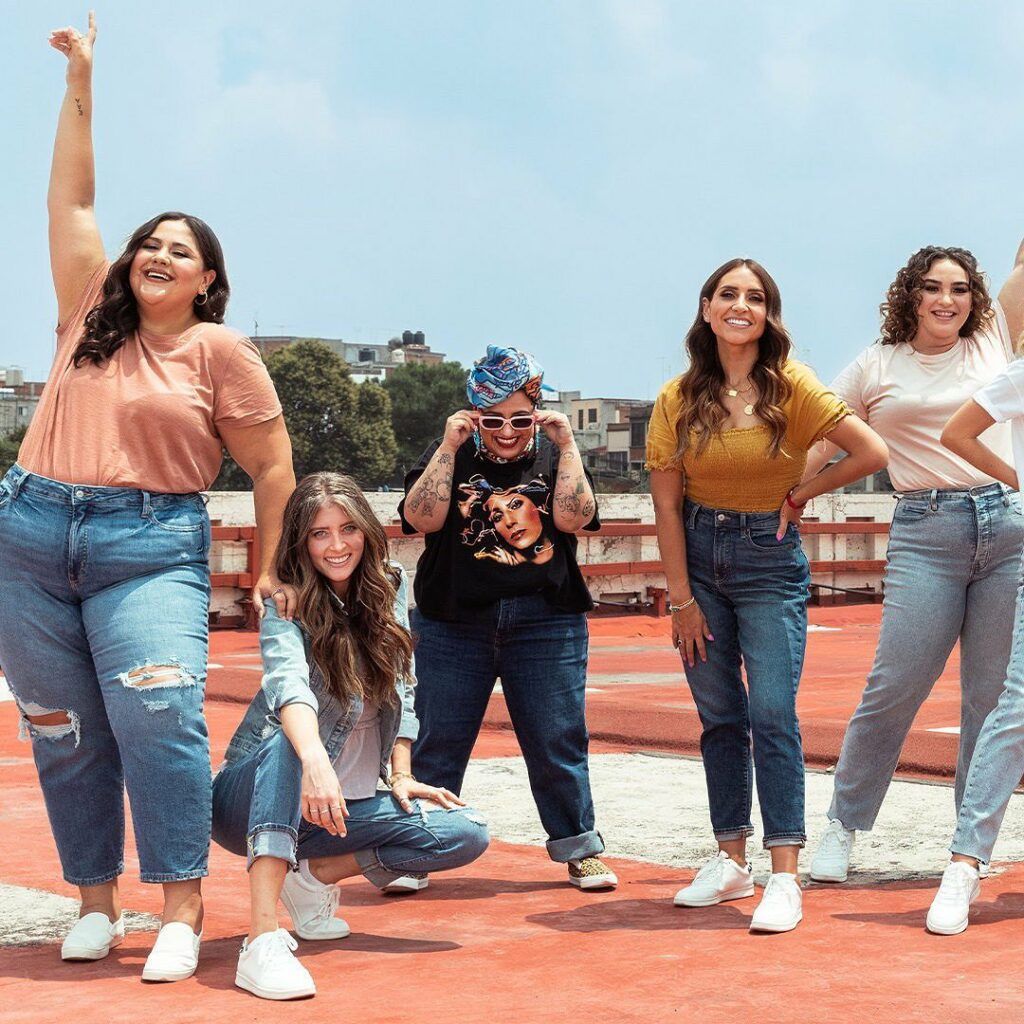
Brands that do attempt to expand their sizing in-store often don’t allow nearly enough time to convert plus size customers before pulling it out of stores. In order to take on something like this, the entire culture of the company needs to change and reflect the inclusivity you want to have in your stores.
The customer you need to win over remembers when plus sizes were not included in-store and is reluctant to trust that they will stick around. It takes time to build up a loyal new base of plus size customers.
Let’s Talk Statistics!

One thing that is unique to the fashion world is how much clothing is produced for below average-sized people. Only approximately 20% of the apparel market is geared toward plus size women even though 70% of US women are at least a size 16 (Christel et al. 2017).
Because this has been an issue for years, it’s incredibly common for plus size women not to enter a store they aren’t 100% sure carries their size. Straight-sized folks don’t have this hesitancy because it is expected that all stores carry their size and history would support that assumption. This is why marketing to plus size people is one of the most important components of creating a plus size line.

It just doesn’t make good business-sense to exclude plus size customers. According to the global plus size clothing market report, the market was valued at $480,991.8 million in 2019 and is projected to reach $696,712.1 million by 2027, registering a compounded annual growth rate (CAGR) of 5.9% from 2021 to 2027.
In 2019, the casual wear plus size clothing segment accounted for the highest share in the plus size clothing market. Yet, brands continue to ostracize their largest grossing customer for completely arbitrary reasons.
Final Thoughts
While it takes time, effort, research, and dedication to really commit and be more size-inclusive, that is where the fashion world needs to be headed. Clothing is a basic human need and the fact that such a majority of the population is required to jump through hoops in order to obtain this need is unacceptable in 2023.
Are we alone here? Do you echo our sentiments? Let us know what you think in the comments below!



